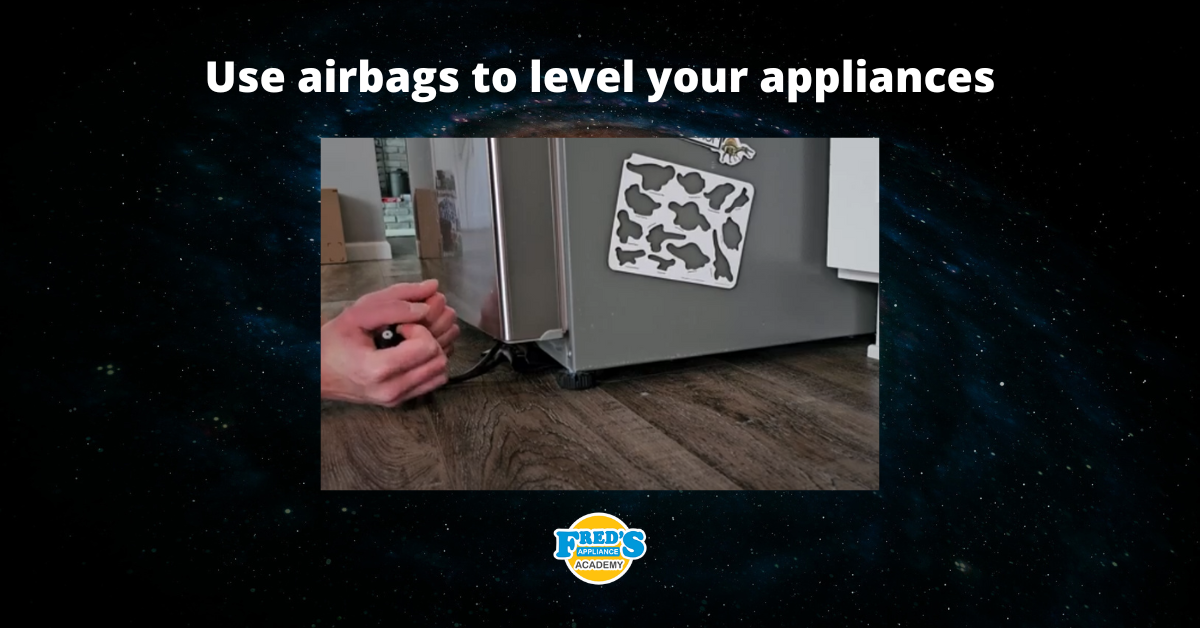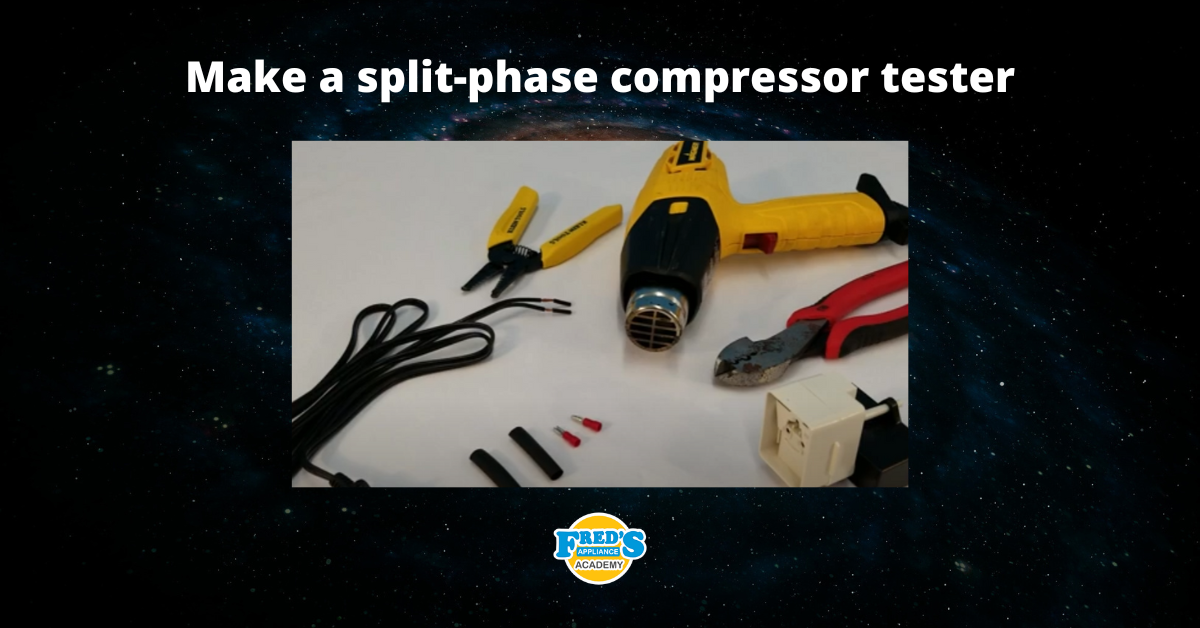
While Samsung products usually have a good reputation for their longevity without too many issues, occasionally, the ice maker may have some problems. If the ice maker is not working, it could be due to ice buildup, a defective water inlet valve, poor water pressure, an expired water filter, or a defective auger motor. Read on to troubleshoot these issues.
This guide applies to most Samsung refrigerator models, including the following:
RB217ABPN
RF217ACPN
RF217ACRS
RF266ABPN
RF266AEPN
RF267ABRS
RF267AERS
RF268ABRS
RF4287HARS
RF4287HARSXAA
RFG297AARS
RFG298HDRS
RS2530BBP
RS2630SHXAA
RS2630WWXAA
RS265TDRS
RS267LABP
RS267LASH
RS269LARS
RS2777SL
RSG257AARS
1. Ice buildup or blockage
One of the most common reasons why a Samsung ice maker stops working is ice buildup or an ice blockage. Ice usually builds up in either the ice maker tray or the dispenser tube.
To resolve the ice buildup issue the ice will need to be defrosted. If your model has an auto-defrost function, you can likely use it to defrost either the ice maker or the entire refrigerator if necessary.
If the ice maker tray or bucket has frozen over, depending on the severity of the ice buildup, you may need to defrost the entire refrigerator, remove the ice maker components to allow them to defrost, or use a hairdryer to apply a low heat to the affected component.
Depending on the model, the dispenser tube may be located inside the ice maker, on the outside of the refrigerator, or it may not have one. Dispenser tube blockages are more common when the tube is located inside the ice maker. You should be able to see if the tube is blocked; however, if the ice maker seems to be working, just not expelling ice, then a blocked tube is most likely responsible.
To clear the blockage, apply low heat ideally using a steam gun or steam-shot to generate enough heat to melt the blockage while not risking any damage to the interior liner.
2. Defective water inlet valve
The second most common cause of a faulty ice maker is a defective water inlet valve. The water inlet valve connects with the water supply line to provide water for the ice maker. When the ice maker requires water, the water inlet valve will open.
Over time, the water inlet valve can become clogged with mineral deposits and struggle to open, or it can fail electrically. If either issue occurs, the water inlet valve will need to be replaced.
Accessing the water inlet valve will depend on the type of Samsung refrigerator that you have. Typically, the refrigerator’s rear access panel on the back of the refrigerator will need to be removed to locate the valve. You will also likely need to remove screws and depress tabs that secure the water inlet valve to remove it from the refrigerator. Make sure to turn off the water supply to the refrigerator and disconnect the power before accessing the valve to replace it.
You will need to apply power to the valve to test working condition, but we only recommend this if you have experience working around electricity, this should be done by a professional technician.
3. Poor water pressure
Samsung advises that for the ice maker to work correctly, it requires water pressure of 20 psi. If the ice maker has been making small or broken ice cubes, it is a good indication that the water pressure is too low.
To check the water pressure, it is helpful to have a water pressure gauge. However, the water pressure can also be checked by observing how much water comes out when the supply line is disconnected, or by checking that you fill at least ¾ of a cup with water when pressing the water dispenser button for ten seconds.
The water supply line connects to the water inlet valve at the rear of the refrigerator. Before accessing the waterline, disconnect the power to the refrigerator and turn off the water. The water line can be held over a bucket, and the water turned on. If the water dribbles out, you know you have a problem. However, if there is a strong, steady flow of water, the water pressure is likely not the problem. Test the water pressure with a gauge to more accurately determine if the water pressure is at least 20 psi.
4. Expired water filter
If your refrigerator has a water filter, Samsung recommends that it be replaced every six months. If water or ice appears murky, it is a strong indication that the water filter needs to be changed. If the water filter is old, it can become clogged and prevent the ice maker from working properly.
Water filters are located in different places depending on your refrigerator’s model. Once you have located the filter, it can be twisted to remove and replace it.
5. Failed auger motor
The ice maker’s auger is responsible for stirring and dispensing ice from the ice maker. If the auger’s motor fails, the ice maker will not work. If the ice maker has been making a lot of noise and is not dispensing ice, it is likely because the motor is failing or has failed.
Depending on the model, you should be able to remove the icemaker bucket and turn the auger by hand. If you can turn the auger with limited resistance, it should be tested with a multimeter for continuity to determine if it has failed. Removing the motor can be difficult and is, therefore, best left to a trained technician.
Conclusion
If the issues listed above fail to fix your Samsung ice maker, you will likely need to contact a trained technician to further troubleshoot the issue. However, you may also be able to run a test or reset, which can provide a temporary solution to the issue. The test switch on a Samsung refrigerator ice maker is usually a small, blue, rectangular button located on the front or side of the ice maker. Press the button, and then wait 6 minutes to see if it starts making ice.

How to test a gas range ignitor

Congrats to our graduating March 2024 class

How to test a 120 volt receptacle

Congrats to our graduating February 2024 class

Why Is Your Dishwasher Soap Not Dissolving? (5 Easy Fixes)

Refrigerator Dripping Water Inside? 5 Quick Fixes

Appliance Industry 2023 Q4 Results

Congrats to our graduating January 2024 class

Clever ways to use airbags to level your appliances



